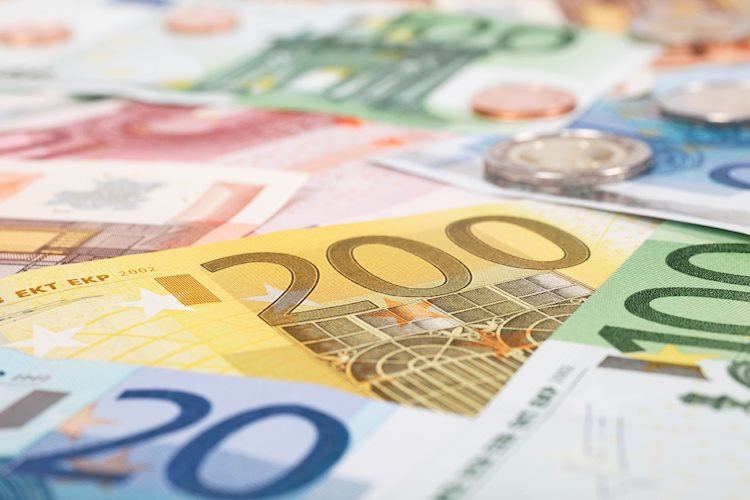The German HICP inflation fell to 2%, leading to a higher probability of additional rate cuts by the European Central Bank (ECB). The EUR/USD pair traded at 1.1021 after the release of the inflation data, remaining stable as the Asian session began on Wednesday. The Wall Street ended with gains, while the US Dollar showed minimal movement. The ECB is expected to lower interest rates by 25 bps on Thursday, while maintaining a restrictive policy stance to tackle inflation risks. Analysts predict that the ECB will continue to keep policy restrictive for as long as necessary, with possible downward revisions to economic growth and inflation forecasts. Money market traders anticipate cuts of 50 to 75 basis points by the end of the year.
The upcoming US CPI data for August is expected to align towards the Federal Reserve’s 2% target. A lower CPI report could potentially increase the chances of the Fed easing rates by 50 basis points, although most analysts suggest a gradual policy adjustment. The CME FedWatch Tool indicates a 70% probability of a 25 bps rate cut and a 30% probability of a 50 bps rate cut. From a technical perspective, the EUR/USD pair remains neutral with an upward bias, but a break below the 1.1026 support level could lead to further downside, exposing levels such as 1.1000 and the 50-day moving average at 1.0958. To resume a bullish trend, buyers need to push the pair above the September 9 high at 1.1091.
The Euro is the currency used in the 20 European Union countries that belong to the Eurozone. It is the second most traded currency in the world after the US Dollar, accounting for 31% of foreign exchange transactions in 2022, with an average daily turnover of over $2.2 trillion. The EUR/USD pair is the most traded currency pair globally, followed by EUR/JPY, EUR/GBP, and EUR/AUD. The European Central Bank (ECB) in Frankfurt, Germany, is responsible for managing monetary policy for the Eurozone. The ECB’s primary mandate is to ensure price stability, which is achieved by controlling inflation or stimulating growth through interest rate adjustments.
Inflation data in the Eurozone, measured by the Harmonized Index of Consumer Prices (HICP), is a crucial economic indicator for the Euro. High inflation rates above the ECB’s 2% target may prompt the central bank to raise interest rates to stabilize prices. Economic indicators such as GDP, PMIs, employment, and consumer sentiment surveys can influence the Euro’s direction by reflecting the overall health of the economy. Strong economic data can attract foreign investment and potentially lead to interest rate hikes by the ECB, strengthening the Euro. Conversely, weak economic data may result in a depreciation of the Euro.
Trade balance data is another important release for the Euro, measuring the difference between a country’s exports and imports. A positive trade balance, indicating higher exports than imports, can boost a currency’s value due to increased demand for exports. Therefore, a positive net trade balance strengthens a currency, while a negative balance weakens it. Overall, various economic indicators and data releases play a significant role in shaping the performance of the Euro in the global market.































